US New-Car Average Fuel Economy Down To 25.2 MPG In April
According to the University of Michigan Transportation Research Institute, the monthly average U.S. new-car fuel economy fell 0.2 mpg to 25.2 mpg in April.
The drop in fuel economy was likely aided by the ongoing demand for SUVs and trucks fueled by lower prices at the pump, Edmunds reports. The current average was last seen February for much the same reason, and though still below the August 2014 peak of 25.8 mpg, the average is still 5.1 mpg higher than when UMTRI first began tracking new-car fuel economy in October 2007.
Meanwhile, the average price at the pump nationwide is $2.62/gallon, per AAA’s Daily Fuel Gauge Report. The current average is $1 less than it was a year ago, but around 30 cents higher than last month. The slight jump is due to increasing demand, seasonal maintenance, and production of summer-blend gasoline. The travel group adds that prices will remain below $3/gallon for the remainder of 2015, “barring any major supply disruptions.”
[Image credit: UMTRI]
Seattle-based writer, blogger, and photographer for many a publication. Born in Louisville. Raised in Kansas. Where I lay my head is home.
More by Cameron Aubernon

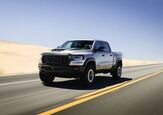

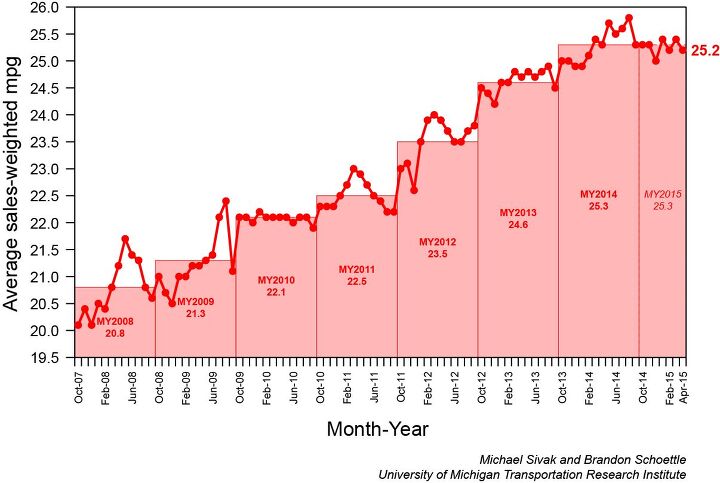












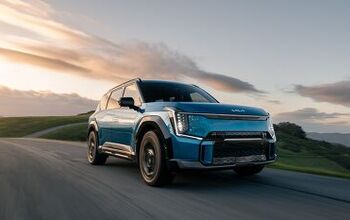
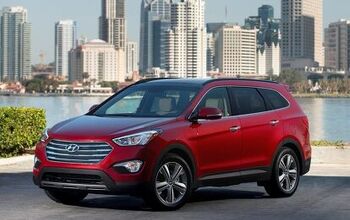
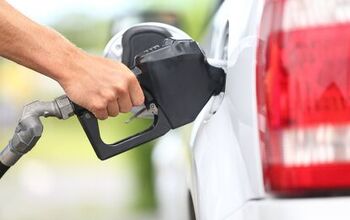
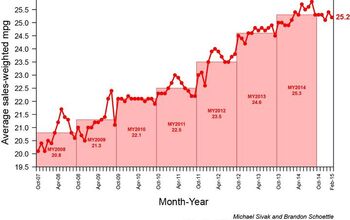
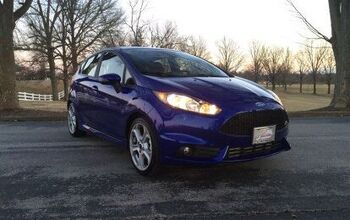
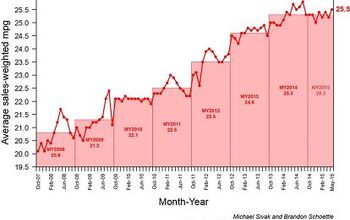
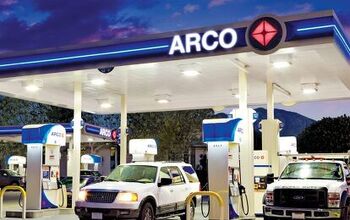
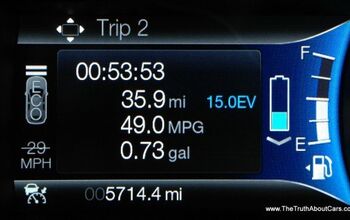
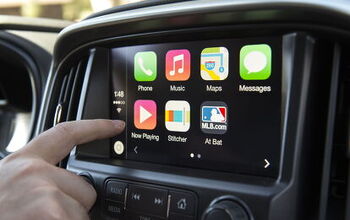
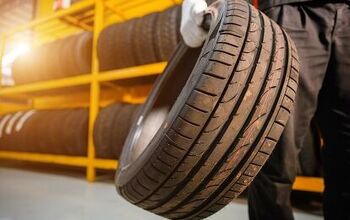


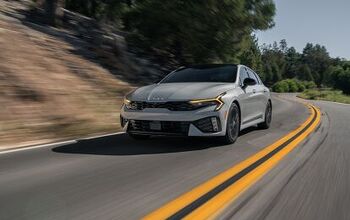
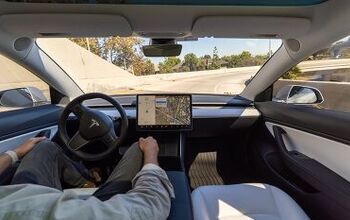


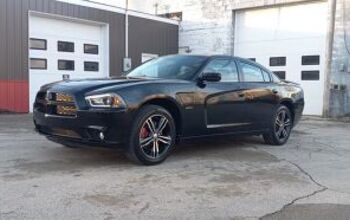
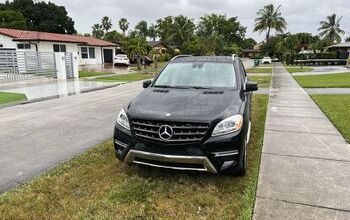
Comments
Join the conversation
Here's what happens when we shrink engines to save fuel, but at the same time put everyone in a new rounded-block shaped CUV.
This proves that fuel pricing is an effective instrument in modifying vehicle purchasing behavior. Maybe the US should remove CAFE, allow the manufacturers to create vehicles that they want and use fuel pricing via taxation to influence the market.
After Jack's positive Prius review I may have to get serious about replacing my '02 Sable wagon with a Prius V. If everyone else is jumping into the biggest beast they can find, the Toyota dealer must be getting worried about his bottom line.
Donuts to Dollars, I bet that the "drop" is statistically insignificant and well within the standard deviation based on sample size. No.News.Here.